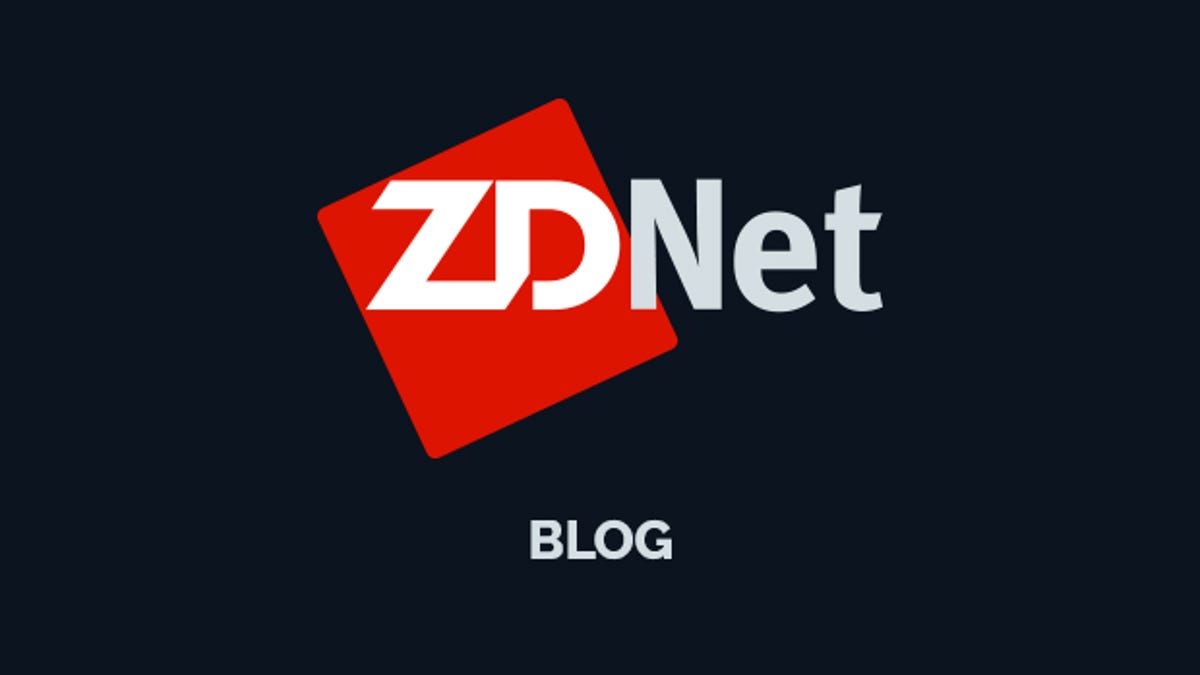- Joined
- Aug 25, 2012
- Messages
- 1,508
- Motherboard
- ASRock Z690 Steel Legend
- CPU
- i7-13700k
- Graphics
- Vega 56
- Mac
- Classic Mac
- Mobile Phone
Mine is less than 3TB usable space with all 4 slots filled... Unfortunately QNAP doesn't have a SHR2 equivalent.
At least I will get an idea of the usability. If it works well, I will probably get 4 x 6TB seagates for 18TB of usable space at some point. These are the most resilient drives at the moment, according to Backblaze.
Unfortunately, this will mean I also need the same amount of HD space for a backup of the NAS.
Fairly expensive, all in all.
At least I will get an idea of the usability. If it works well, I will probably get 4 x 6TB seagates for 18TB of usable space at some point. These are the most resilient drives at the moment, according to Backblaze.
Unfortunately, this will mean I also need the same amount of HD space for a backup of the NAS.
Fairly expensive, all in all.


